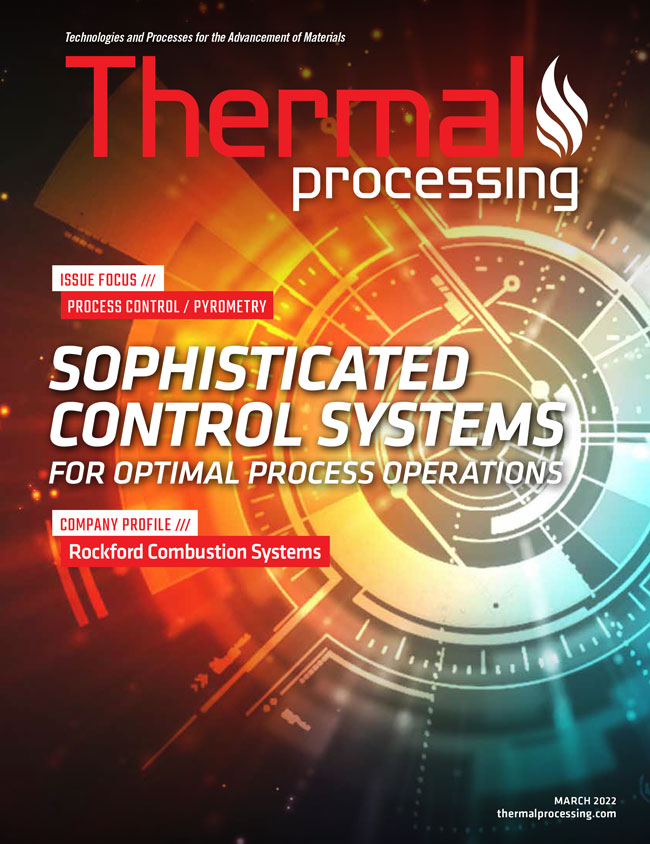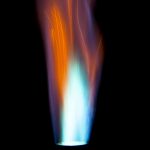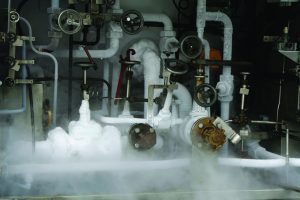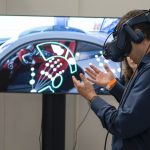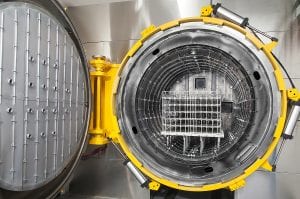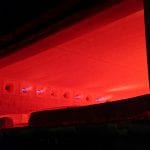A comprehensive control system, whether designing a new controls package or updating your existing system to a new controls scheme, is the most effective way to enhance any complex industrial manufacturing process — especially in more sensitive applications, such as coil coating or composite curing, where uniformity and precision are critical and when errors in operating controls are detrimental and extremely costly. The importance of controls is compounded when you have an integrated system where the process heating equipment is connected to an air pollution control system. These complex and expansive projects require sophisticated controls that regulate process speeds, temperature ranges, airflows, pressure, and VOC concentration levels, closely monitoring and adjusting hundreds of components simultaneously across and throughout various progressive stages of production.
The following six elements are the key parameters that must be accounted for in an industrial controls system that uses integrated process heating equipment, such as ovens and furnaces, and air pollution technology, such as thermal oxidizers:
- Temperature.
- VOC concentrations.
- Pressure levels.
- Oxygen ratios and air volumes.
- Combustion.
- Process flows.
In addition, it is critical that all these features are independently controlled and adjusted automatically in real time to ensure precise operating parameters are constantly maintained.
A well-designed control system ensures greater safety and hazard prevention and increases efficiencies and reliability, while also allowing for precise monitoring for strict operating parameters. The following case studies demonstrate how in two different applications, — a continuous coil coating line and a batch composite curing of aerospace parts — a sophisticated controls system plays a key function in not only optimizing overall system efficiency but also ensuring critical output quality.
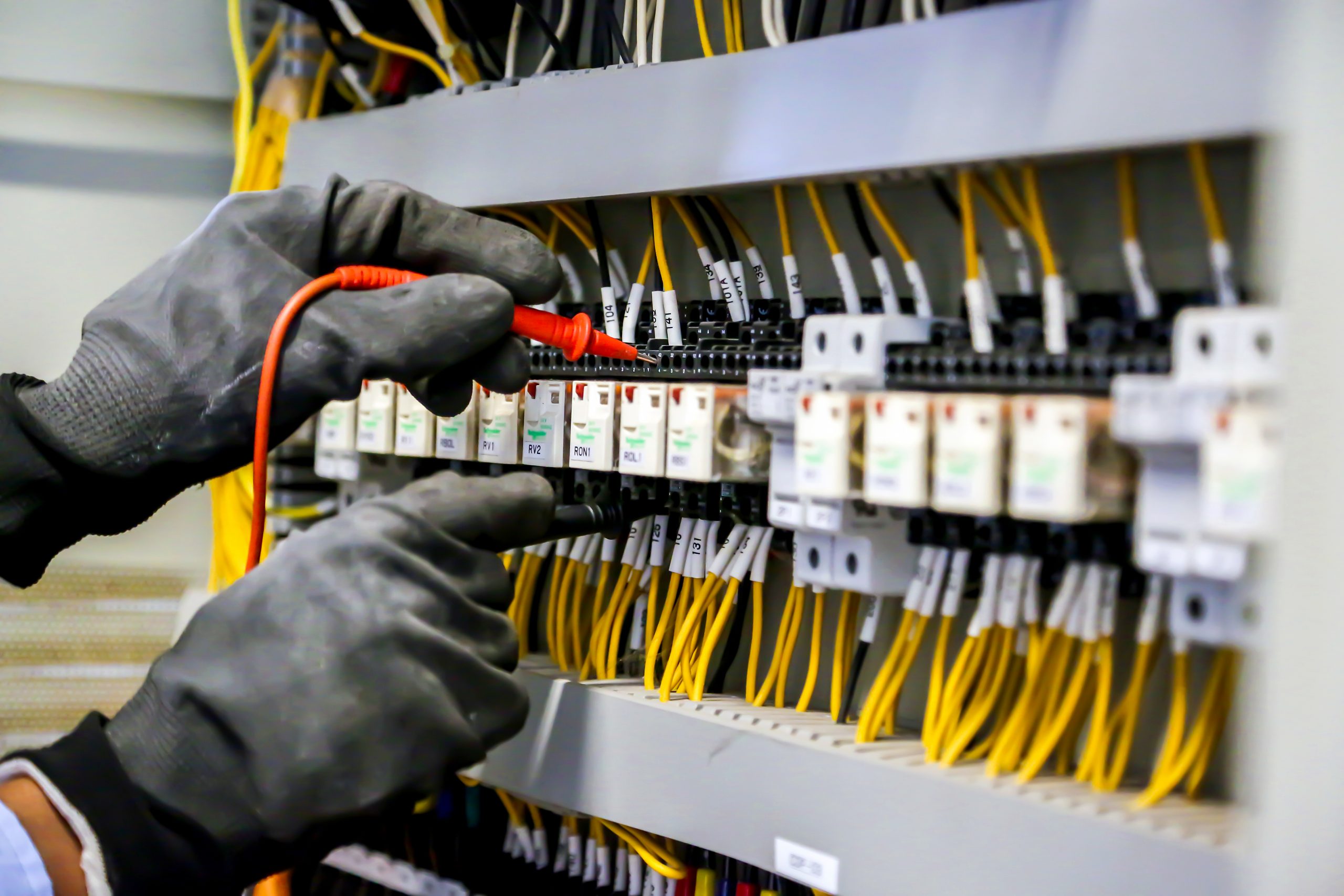
Controls case study 1
Continuous metal coil coating line with oven and oxidizer system, heat recovery, and advanced air handling
A Brazilian pre-painted metal coil producer needed to replace its 20-plus-year-old coil coating line. The criteria for the system design included performance and coating uniformity, increased line capacity within the available process envelope, reduced energy consumption, compliance with environmental emissions regulations, and ease of operation.
The overall scope of the final design included a three-zone prime oven, a four-zone finish oven, integrated thermal oxidizer air pollution control and heat recovery system with primary and secondary heat exchangers, complete air handling ductwork, an advanced PLC control system with quality and performance monitoring sensors, and a user-friendly HMI interface. The advanced PLC controls monitor all operating parameters throughout the system to achieve targeted zone control set-points and monitor peak metal temperatures to ensure the process is meeting performance goals at all times.
As an integrated system, the controls also need to simultaneously monitor the air pollution equipment. The thermal oxidizer not only needs to reach its setpoint temperature of 1,400°F but also maintain a residence time sufficient for complete VOCs combustion. To ensure this, the exhaust air volume flow is regulated by a damper opening as well as by a fan, so that the exhaust air’s residence time in the oxidizer stays above one second.
The large quantity of fuel required to continuously operate a thermal oxidizer for VOC destruction can be exorbitant. To increase efficiency and minimize operating cost, heat exchangers can be used to recover and transfer thermal energy, which would otherwise be wasted. For this application, the engineering team decided on an integrated recuperative thermal oxidizer with primary and secondary heat recovery through a large diameter shell and tube heat exchanger.
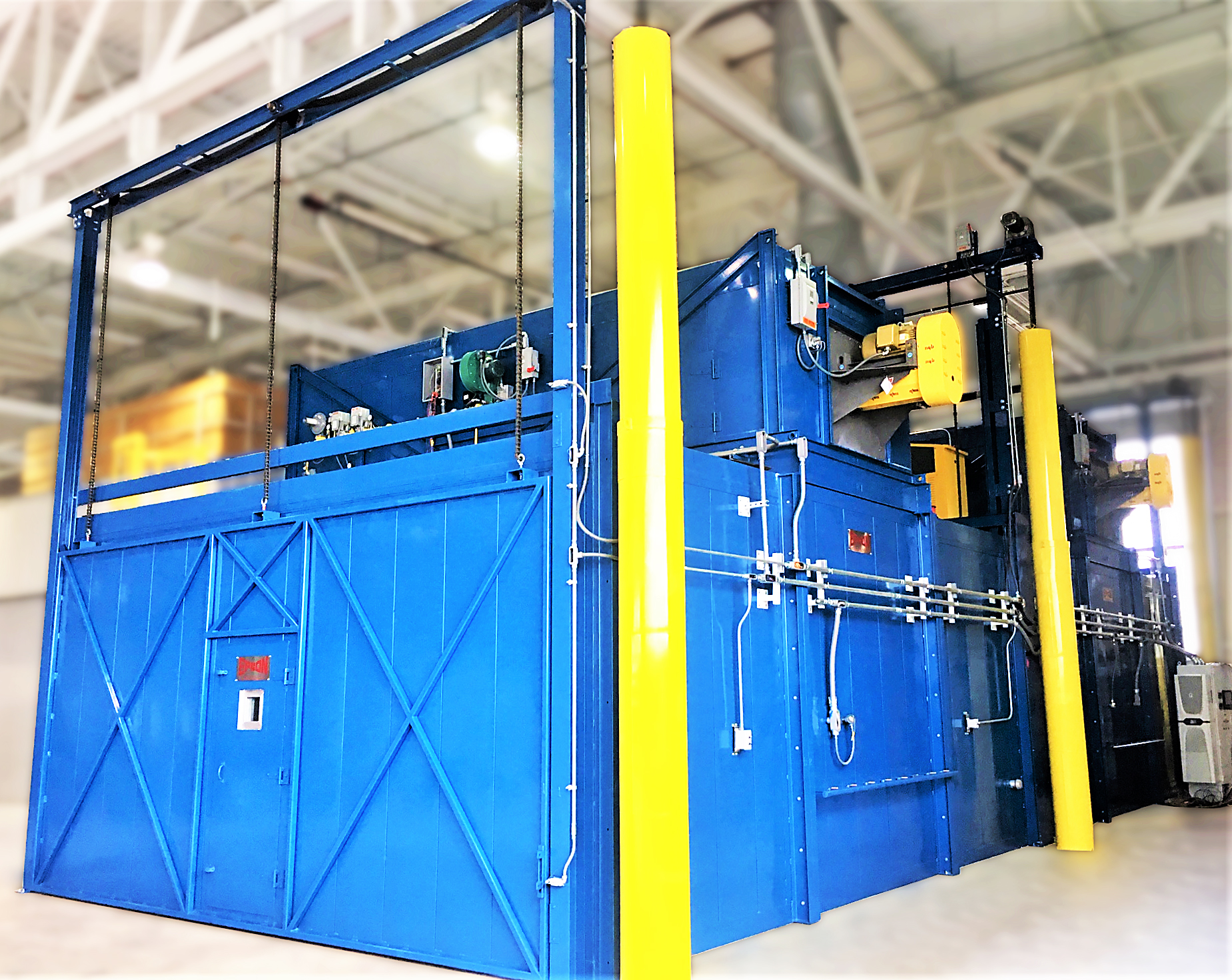
The heat recovery maximizes efficiency as it extracts energy from the heat release from both the curing process and the final oxidization of VOCs. This approach provides most of the heat required to run the ovens while concurrently meeting air emissions compliance regulations. However, temperature control modules and cooling and heating zones are essential, as the recycled hot air needs to be within the tight temperature range as it is supplied back to the oven.
Regulatory compliance requirements apply not only to process exhaust, but also the ambient air quality within the interior coating processes. Therefore, properly managing the air flow throughout the process is key as it affects VOC levels as well as both cure uniformity and energy consumption. To achieve this, a cascading air management strategy was designed, drawing air from the coater rooms and through the oven and oxidizer systems, which minimizes fresh air make-up, reducing overall system energy consumption. All the ductwork, from coater room exhausts through the ovens, oxidizer, and energy recovery, was specifically engineered for efficiency and proper air flow handling. Additionally, the exhaust air dampers are programmed to follow the hot inlet air dampers’ opening percentage, enabling the air’s continuous flow and ensuring the amount of air entering is slightly less than the amount of air leaving the oven, maintaining a constant negative pressure at all times to avoid fugitive emissions.
Uniformity of applied coating cure is key to product quality and requires a balance of temperature accuracy and airflow distribution. To achieve this, Epcon employed its proprietary integrated internal exhaust plenums within both prime and finish ovens, extending through the length of the oven.
Complementing the integrated internal exhaust plenums are temperature control modules. Each of these modules incorporates tandem recirculation fans and direct fired trim burners for each of the oven zones. Each of the recirculation fans are individually VFD controlled and tied to their own recirculation supply plenum at the top and bottom of each oven zone. Together with adjustable nozzles that allow the finely tuned oven balance to achieve exceptional and proven edge-to-edge temperature uniformity within ±3°F, which allows for a consistent cure coating.
The unique air handling configuration also provides higher velocity strip impingement, resulting in increased coefficient of heat transfer, which allows the ovens to be operated at lower zone temperature setpoints while still achieving targeted peak metal temperature. Lower zone temperatures translate to reduced energy costs as well as longer life expectancy of the system due to reduced thermal loads.
As operating safety and hazard prevention are always of ultimate concern, both the upper and lower pressure boundary values are defined as well as lower explosive limits (LEL). Sensors automatically adjusting the actuator openings of air dampers, and in case set pressure or LEL limits are breached, the whole system is shut down to prevent fires or flashback explosions.
The ultimate success of the line was the ability to achieve edge-to-edge temperature uniformities within such tight ±3°F margins. Equally as important, the oven’s improved zone efficiency facilitates increased strip speeds, proven to be as much as 25 percent higher, allowing the manufacturer to meet its goal of increased throughput in the limited production space available.
Each component of the system was designed for optimal efficiency and performance for its individual tasks as well as its role in the overall system. Together, the design of the air managements system, PLC controls, remote sensors, and associated programming results in an integrated solution that delivers an easy-to-manage and control-balanced system.
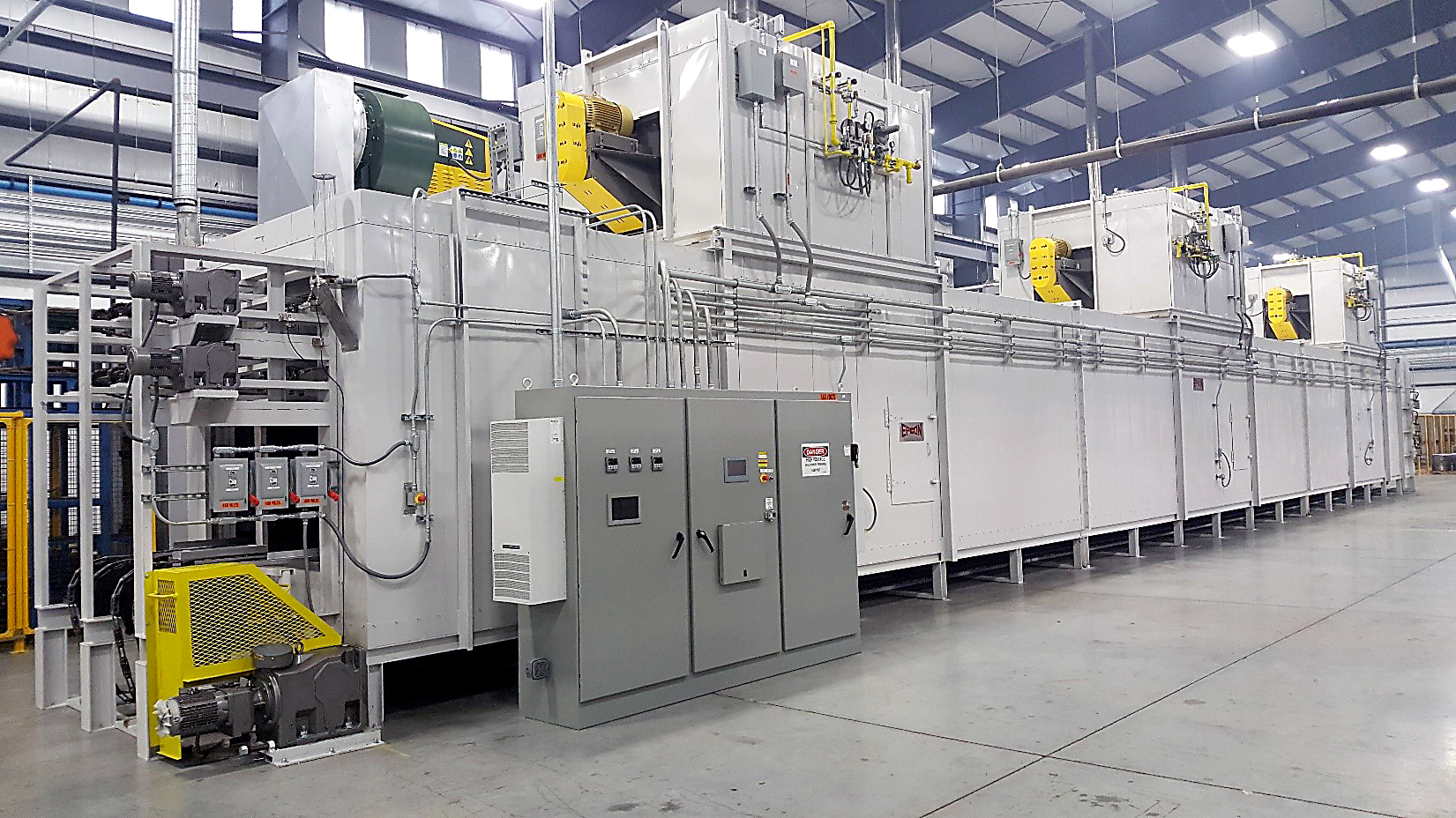
Controls case study 2
Aerospace batch oven for the uniform composite curing of aerospace parts
A composite material processing application for the aerospace industry needed an advanced system for batch ovens and integrated air pollution controls, equipped with high accuracy operating parameter requirements and controls.
Throughout the composite curing process, it is critical that temperatures and other operating parameters in the oven are controlled accurately in real-time with minimal delays. Composite materials and their bonding to the metal surface is a highly temperature-sensitive process, due to specific reaction kinetics and the atomic structure of the substrates. Reaching the peak temperature targets and the precision of timing is essential for manufacturing durable and high strength materials.
In addition, the curing process is highly demanding as it requires multiple sessions with different retention times and operating conditions. The issue with entering operating parameters manually is that it leaves a space for human error, but more importantly, it causes delays between sessions and variances in the process stages.
Since the curing process often represents the production bottleneck, there is a need for multiple ovens that will make up for excessive retention times and enable continuous production. Additionally, airplane parts need a highly controlled production environment to ensure the material’s target tensile strength and durability are reached so the final material will remain stable at pressures and extremely low temperatures in the stratosphere.
The greatest challenge in industrial oven applications is maintaining the target temperature uniformly across all oven sections. The curing oven and its control system are custom designed to secure the constant quality production with monitoring where the user is notified by alarm if any of the parameters reached the critical boundary value.
The batch oven is designed for operating temperatures in the range of 300°F to 400°F. Therefore, using two electric 500 kW incoloy heating element bundles in two chambers within the oven, the continuous heat supply is enabled by the electric heaters with a heat-up rate of 2°F to 5°F per minute using a three-phase electric power of 480V.
The distribution of heat throughout all oven sections and the achievement of a uniform temperature also requires air-flow control. Therefore, both chambers are supplied with two recirculation fans, posted at the opposite sides of the chamber with wall-mounted supply plenums installed on both sides that span the entire 62-foot length of the oven chamber. Pre-heated hot air is recycled through the return plenum installed on top of the curing chamber, creating a horizontal crossflow pattern from both sides, which enables their mixing and merging into one stream, flowing vertically through the working chamber. With two-chamber assembly and four recirculation fans, sufficient airflow through all oven sections is achieved, providing a highly efficient convection heat-transfer mechanism. The nozzle adjustment of the fans’ plenums and programmed RPM of the fans’ motors secure the flow regime of the air that additionally contributes to the airflow in every direction, covering all surfaces of the material. Each fan with an airflow also has a switch as an interlock; therefore, the alarm is sent if any of the fans fail. To maintain a proper curing atmosphere, four 1-inch vacuum ports are posted at each side of the chamber. These ports are piped to a single point connection to a transducer for monitoring via the control system.
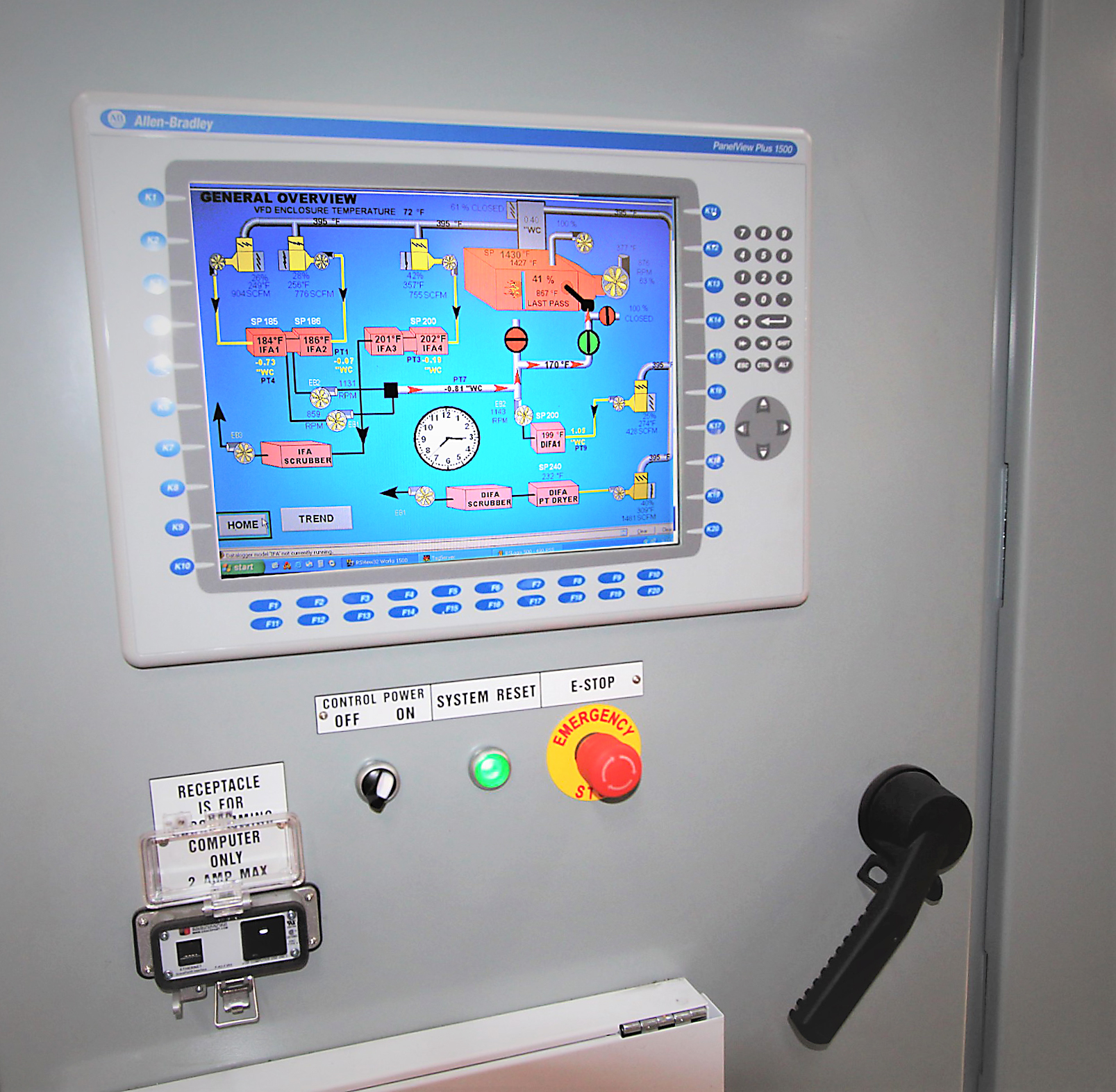
During the heating session, the recirculation fans have a primary role in maintaining the uniform temperature across the oven, while exhaust fans work slower with a minor output. On the opposite side, the cooling session is more complex, as it requires control of the cold air flow by two parameters. Two exhaust fans posted at each chamber are responsible for cooling the oven at a rate of 10°F per minute, with an output of 12,000 CFM during cooling mode in contrary to heating mode when it is only 1,500 CFM. The exhaust fans work in conjunction with pneumatic modulating fresh air dampers. The high-accuracy pneumatic actuator adjusts the damper opening in real-time and regulates the fresh air intake. When the oven is required to be cooled, these dampers open, and exhaust fans speed up to draw fresh air inside the oven to efficiently cool the parts. The damper opening and the RPM of the exhaust fan motors are manipulative variables, and they are finely tuned based on the feedback loop to the master control panel.
The workspace temperature is monitored in the oven via multiple thermocouples that continuously monitor the temperature in all parts of the chamber. High sensitivity thermocouples monitor air temperature and humidity set points, which module the fan speeds and damping actuators according to a single thermocouple’s response, making an energy-optimized system at all times.
Another addition in the oven was a device to rotate the material throughout the curing process, significantly contributing to equal exposure of all parts to the direct air stream, ensuring the highest quality of every millimeter of the product.
This custom control system was designed specifically to satisfy complex batch process operational requirements for the ovens, which included a PLC (programmable logic controller) that monitors and adjust all operating parameters, including fans speeds, vacuum manifolds, and electric heaters.
The success of the system is proof this type of control configuration is indeed the optimal solution for large batch curing ovens for the aerospace industry. Upon completion, Epcon’s team tested the system with 50 thermocouples at different places within the large capacity oven. During the testing, all thermocouples registered temperatures within 4.5°F from the set temperature, showing the uniform temperature distribution in all the chambers’ sections. The aerospace industry requires the highest quality products, which can only be achieved through extremely accurate control system for exact operating parameters and real-time.
Conclusion
Whether you are installing new equipment or retrofitting an existing facility, make sure your industrial systems use the latest in controls technology, from user friendly interfaces and remote monitoring capabilities, and with the capacity to meet a range of variable operational demands, while limiting operator oversight.
For a successful controls system overhaul, it is best practice to make sure the equipment manufacturer conducts a full controls test before shipment, adjusting and tuning based on required setpoint temperatures and predetermined process variable ranges and inlet values. In addition, once installed, thorough in-field testing should be performed to ensure all critical targets are still met.
Every industrial process application, across industries, has unique challenges and specific operating parameters. The best way to ensure the most efficient and safe operations of your production lines and thermal processing equipment is to invest in a robust quality controls system.
About the author
Tasha Jamaluddin is managing director of Epcon Industrial Systems, LP, and is widely published with technical expertise across industrial applications. She is a graduate of Harvard Business School (OPM Class 51) with a Master’s Degree from NYU, a certified LEED, AP with the US Green Building Council , and OSHA 30 Certified in General Industry Safety. She is currently serving her third charter for the Environmental Technology Trade Advisory Committee (ETTAC) to the U.S. Department of Commerce as Chair of the Climate Change Mitigation and Resilience Subcommittee.













